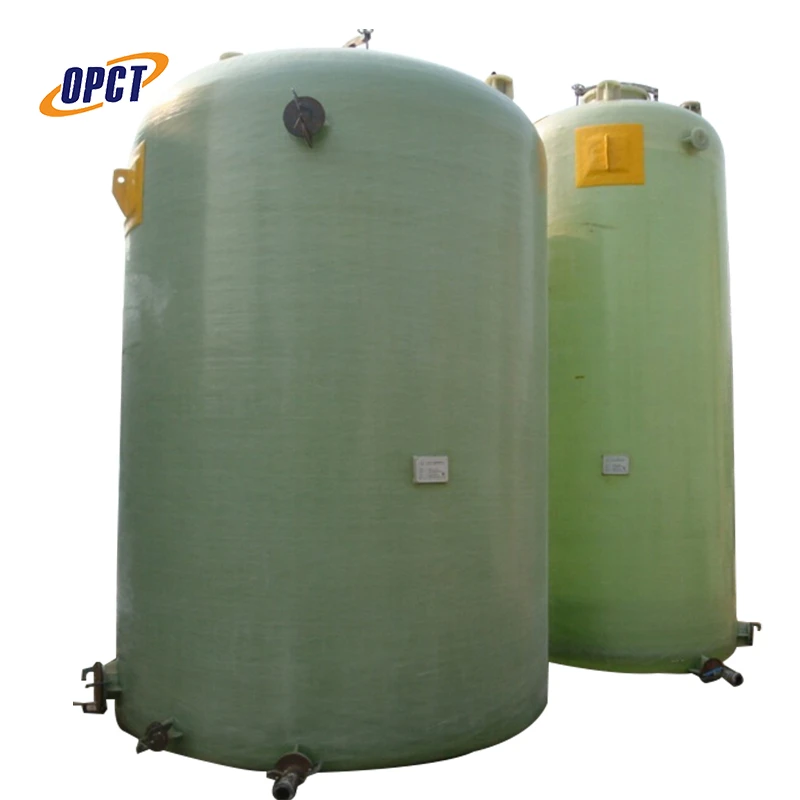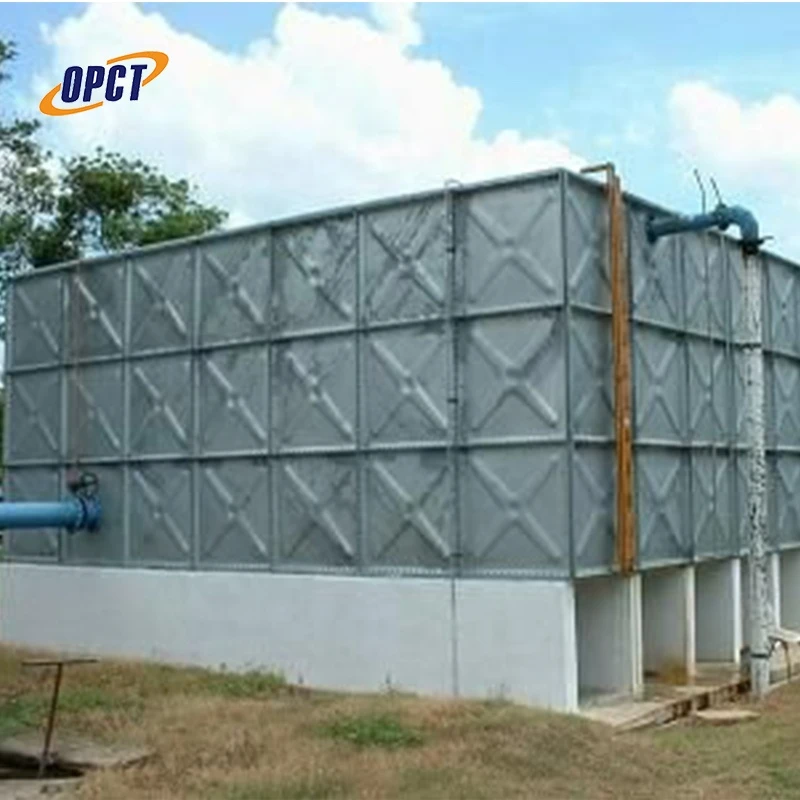Fiberglass structural beams have become a pivotal component in modern construction and engineering due to their remarkable properties and advantages over traditional materials like steel and wood. As industries across the globe increasingly seek sustainable and durable solutions, fiberglass beams emerge as an innovative alternative that addresses a multitude of engineering challenges.

Fiberglass structural beams are composed of a composite material, typically consisting of a polymer matrix reinforced with fiber strands. This combination results in a product that exhibits exceptional strength and resilience while being surprisingly lightweight. Unlike their metal or wooden counterparts, fiberglass beams are highly resistant to corrosion, making them ideal for use in environments exposed to harsh weather conditions, chemicals, or saltwater. This corrosion resistance not only extends the life of the structure but also reduces maintenance costs significantly.
The primary appeal of fiberglass structural beams lies in their remarkable strength-to-weight ratio. Despite being lighter than steel, they can bear loads comparably, if not better, which translates to easier handling and installation without compromising on structural integrity. This feature is particularly beneficial in scenarios where weight reduction is critical, such as in bridge construction, offshore platforms, or retrofitting older structures. Engineers appreciate the reduced load on foundations and supports, which can lead to additional cost savings.

From an engineering perspective, fiberglass beams offer substantial design flexibility. They can be easily molded into various shapes and sizes, accommodating complex architectural designs and non-standard specifications. This versatility is not only functional but also aesthetic, allowing for more creative freedom in construction projects without forfeiting strength or durability. Furthermore, these beams have a high tolerance for fatigue and impact, which assures longevity even in dynamic stress environments.
Environmental sustainability is another compelling attribute of fiberglass structural beams. The production processes for fiberglass materials generally have a smaller carbon footprint than steel production. Additionally, fiberglass is a recyclable material, aligning with global efforts to promote eco-friendly building practices. Utilization of these beams can contribute to achieving LEED certification points, further advocating their use in green architecture.
fiberglass structural beams
A common concern for many professionals, however, is the upfront cost. While fiberglass beams may initially be more expensive than traditional materials, their longevity and reduced maintenance can result in lower lifecycle costs. Moreover, they do not suffer from issues like rust or rot, which are common with metal and wood, respectively, mitigating potential structural weaknesses and liabilities over time.
In terms of expertise and industry adoption, fiberglass beams have been thoroughly tested in a variety of sectors. Civil engineers and architects continuously cite successful case studies where fiberglass has outperformed traditional materials. For example, waterfront constructions frequently showcase fiberglass beams efficiently combating the detrimental effects of marine environments. Moreover, in industrial applications where chemical exposure is a concern, fiberglass beams provide a reliable option that ensures safety and structural performance.
Trust in fiberglass structural beams is further cemented by the growing body of research and development dedicated to refining composite materials. Industry authorities, including regulatory bodies and certification organizations, have established standards and testing protocols, ensuring that fiberglass products meet rigorous safety and performance criteria. These endorsements bolster confidence in their use, paving the way for broader application across different infrastructures.
For professionals considering fiberglass beams for upcoming projects, working with manufacturers who have a track record of delivering high-quality composites is crucial. Collaborating with companies that provide comprehensive support—from design consulting to installation guidance—can enhance project outcomes and ensure that the benefits of fiberglass materials are fully realized.
In conclusion, fiberglass structural beams stand out as a forward-thinking choice in the construction and engineering fields. Their combination of strength, durability, and sustainability positions them not only as a viable substitute but often as a superior option to traditional materials. As technology continues to advance and the push towards sustainable building intensifies, fiberglass beams are set to play a significant role in shaping the future of construction globally.




